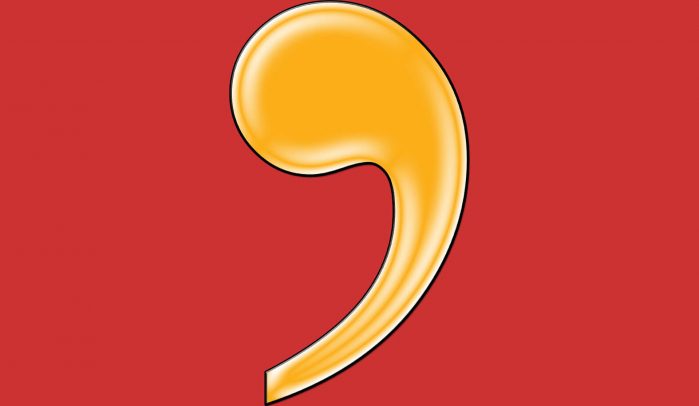The apostrophe is one the most commonly misused pieces of punctuation in the English language.
It’s also one of the easiest to master — because there are only three occasions when you need to use one.
In this article I’ll show you where you might be going wrong and how to put it right.
The apostrophe only has three different uses
- To replace missing letters in a contraction
- To indicate that something belongs to one person or a singular thing
- To indicate that something belongs to more than one person or a number of things.
If you’re using it for anything else, you’re not using it correctly.
Let’s have a look at each of these in more detail.
1. To replace missing letters in a contraction
If we want our writing to sound more conversational, we shorten our words, so they sound more like spoken English.
Like this:
- It is or it has – it’s
- That is – that’s
- Cannot – can’t
- Do not – don’t
- You are – you’re
- They are – they’re
- Guns and Roses – Guns ‘n’ Roses
The apostrophe takes the place of any letters we’re missing out.
Exceptions:
As a general rule we only use an apostrophe when we’re shortening a word to create a new pronunciation. For example Road is sometimes abbreviated to Rd, but it doesn’t contain an apostrophe because we still read Rd as Road.
2. To indicate belonging (singular)
To indicate that something belongs to one person or a singular thing, you need to put the apostrophe before the s.
Like this:
- The company’s headquarters
- The city’s best restaurant
- The team’s home ground
- The group’s web page
- The rabbit’s hutch
- Daniel’s trumpet
Exceptions:
- Words like group, collection, team and band, that refer to a number of people or things, are treated as singular.
- Possessive adjectives — like yours, his, hers, its, ours, and theirs —are already possessive and therefore do not need apostrophes.
3. To indicate belonging (multiple)
To indicate that something belongs to more than one person or a number of things, you need to put the apostrophe after the s.
Like this:
- The fans’ cheers spurred the team to victory
- In the forest, the trees’ leaves were turning brown
- During the race, the cars’ engines were really noisy
- The dancers’ routine was amazing.
You might also like…






About the author
I’m Jenny Lucas, a freelance copywriter and content writer based in Leicestershire, UK.
You can find out more about me and the work I do, on my website.


